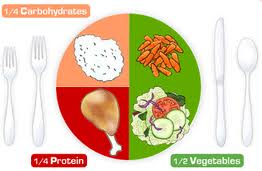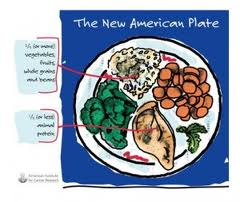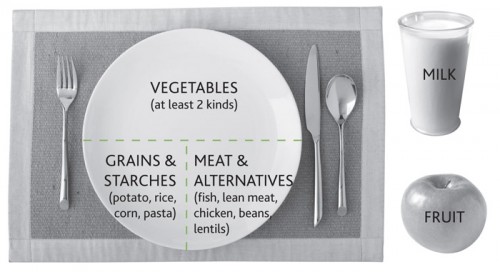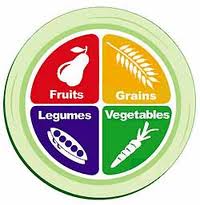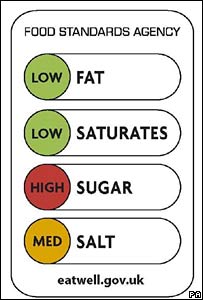The science and politics of E. coli in sprouts
German authorities now say that sprouts grown on an organic farm in Lower Saxony are the source of their E. coli O104:H4 outbreak, now responsible for more than 30 deaths and 3,000 illnesses, 750 of them severe kidney disease.
The epidemiological studies point to sprouts after all.
Sprouts, as I mentioned in an earlier post, are a prime suspect in microbial outbreaks. They have been implicated in many outbreaks in the United States. This is because sprouts are sprouted from minute seeds that are hard to clean, as shown in this microscopic view:
As Food Safety News explains in a long discussion of this problem, the seeds need to be dumped in bleach to kill bacteria. It’s also a really good idea to test the wash water to make sure it is free of pathogens.
The seeds are sprouted in water at room temperature, “a warm, moist climate — just perfect for a bacteria’s social life and subsequent reproduction.”
The FDA has been aware of this problem for a long time, as shown by this brief chronology:
- 1999: The FDA issued “nonbinding guidance” on growing sprouts. This caused the ever-vigilant Center for Science in the Public Interest (CSPI) to file a petition arguing that guidance rules for sprouts needed to be mandatory.
- 2004: The FDA wrote a “note” to producers and shippers of sprouts stating that it was aware of 27 outbreaks of microbial illness due to sprouts and urging producers to follow the voluntary guidance procedures.
- 2004: The FDA followed up by issuing safety guidance for growing sprouts in retail establishments. These were voluntary, of course.
- 2004: California health officials produced a slide presentation on the hazards of sprout production, urging producers to follow safety guidelines.
- 2005: The FDA announced public meeting to discuss the science of safe production of sprouts as a basis for beginning a rulemaking process for mandatory safety procedures.
- 2009: The FDA issued a warning about consuming alfalfa sprouts.
The Food Safety Modernization act passed last year finally gives FDA the authority to require food safety controls for sprouts.
The German outbreak ought to be a wakeup call for this industry in the United States. Sellers of bean sprouts market them as health foods but say little about how unsafe they are if eaten raw.
It also ought to be a wakeup call for consumers. If you aren’t absolutely sure the seeds come from a clean source, cook your sprouts.


